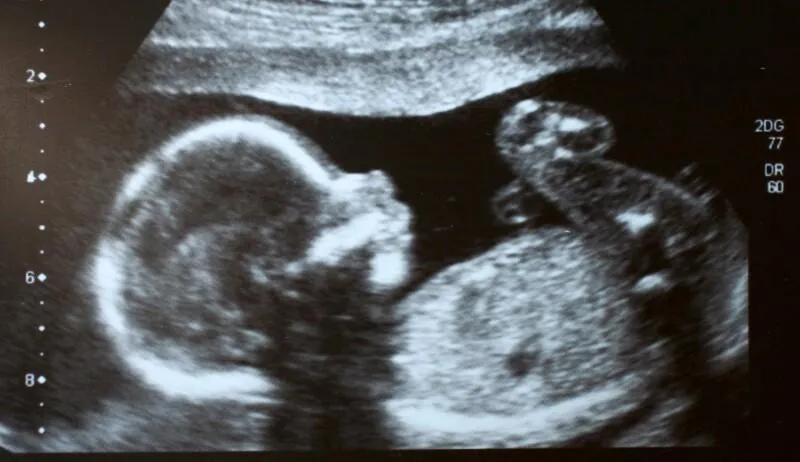Sarah's Blog
Read Sarah’s blog to learn more about her rescue from abortion and foster-care story. Sarah also writes on many pro-life topics including abortion jurisprudence, medical ethics, and more.

The science has changed, and so should the Supreme Court
**Originally Published in the Washington Examiner on November 30, 2021
There was no vaccine for chickenpox in 1973, and licensure for the combination treatment of measles, mumps, and rubella was only 2 years old. The Heimlich Maneuver, a common treatment for choking , had not been finalized, and physicians had yet to successfully complete a heart-lung transplant. Unborn babies at 28 weeks were considered viable outside the womb.
The world of science and medicine was drastically different the year the highest court in the United States concluded in Roe vs. Wade that abortion should be legal. With limited information, the Supreme Court decided that the fetus is “potentially” human and that a woman’s right to privacy supersedes the rights of a potential person.
On Dec. 1, the Supreme Court will hear oral arguments in Dobbs v. Jackson Women’s Health Organization, a phenomenal opportunity for the court to reconsider the humanity of the unborn child. The case considers the constitutionality of a 2018 Mississippi law that protects almost all fetuses after the 15th week of pregnancy from abortion. It is the first time since Roe v. Wade the court will consider a law protecting babies from abortion before fetal viability.
The justices will weigh factors like legal precedent and the state’s role in abortion restrictions, but they can also evaluate the evolution of science, technological improvements, and how these advances exhibit the humanity of the unborn person. For example, in 1973, we did not know that the unborn child at 15 weeks has functioning organs and a heart that beats 54 million times before he or she is even born.
When we were in our mothers’ wombs, we were sustained through our kidneys’ filtering toxins, the intestines digesting nutrients, and our lungs practicing breathing. In 1973, we did not know that, just like you and I can do, a young fetus can respond to touch and taste, and if she experiences touch at the bottom of her feet, she reacts the same as adults, by curling her toes. If an object tries to touch the 15-week fetus, she uses her fingers to grab the object.
The unborn child’s capability to smile begins long before birth, and she starts sucking her thumb at nine weeks. Soon after, she can hear sounds and begins to distinguish voices. Also, the age for fetal viability continues to change, with the youngest babysurviving outside the womb at 21 weeks and 5 days.
Certainly, we were unaware then that just like us, a 15-week-old baby’s nervous system is mature enough to feel pain , which is why, during prenatal surgery, physicians administer anesthesia to the fetus. Importantly, too, we couldn’t see the unborn child as we do today. Women can now see their baby in 2D, 3D, and 4D ultrasound and observe their child’s movements in real time. Ultrasound technology is so compelling that the majority of women who see an ultrasound of their baby reject abortion.
It would be a miscarriage of justice to continue the abortion debate without taking scientific facts into consideration. Of course, we can argue philosophy and ethics when it comes to abortion, but science is overwhelmingly conclusive that the baby in the womb is part of the human family. When it comes to their rights, we are overdue for a post-Roe future.
© 2023 Sarah Zagorski - Sarah Zagorski Jones - Sarah Jones - All Rights Reserved




